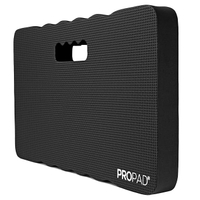I’m an expert gardener and these are the 5 jobs I’ll be doing to get my yard ready for spring
Spring clean your yard and prepare for spending time outside
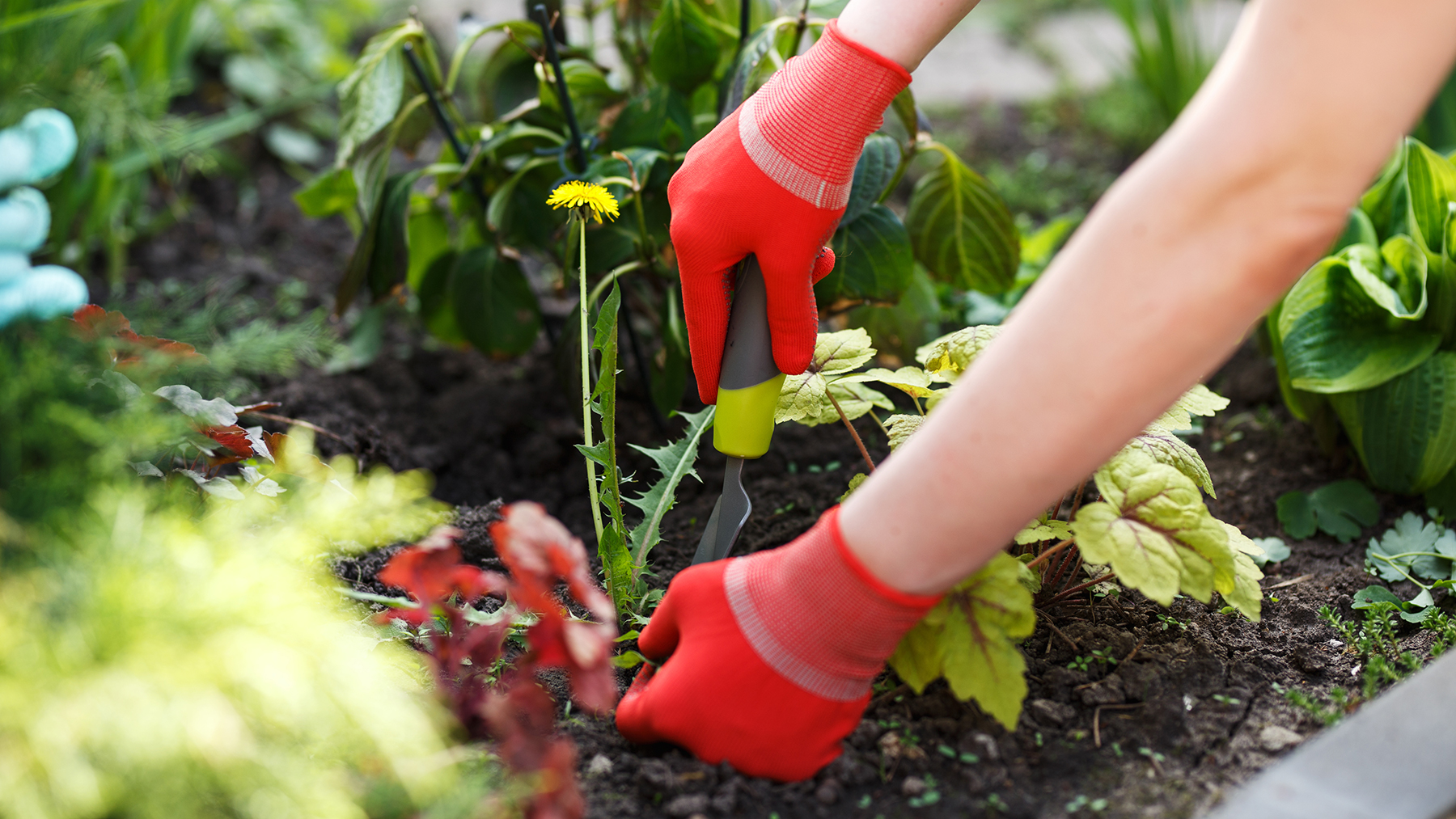
The weather is getting warmer, and the sun is breaking through. Now is the perfect time to get outside into your yard and give it a spring clean so you can enjoy your outdoor space.
It’s refreshing to embrace the outside after being inside for months with windows closed and doors shut tight. This is the month to dust away the cobwebs, clean up your garden furniture, and tidy up your flower beds so you can enjoy what your yard has to offer. Whether it’s a tiny patch or a large expanse, there’s always a job or two that needs completing.
Here are 5 jobs I’ll be doing in my yard to prepare for spring so I can look forward to sitting outside and taking in the fine weather with a coffee or cocktail!
And once the last frosts have gone it's also a good time to discover what seeds to plant in April.
1. Clean your garden furniture
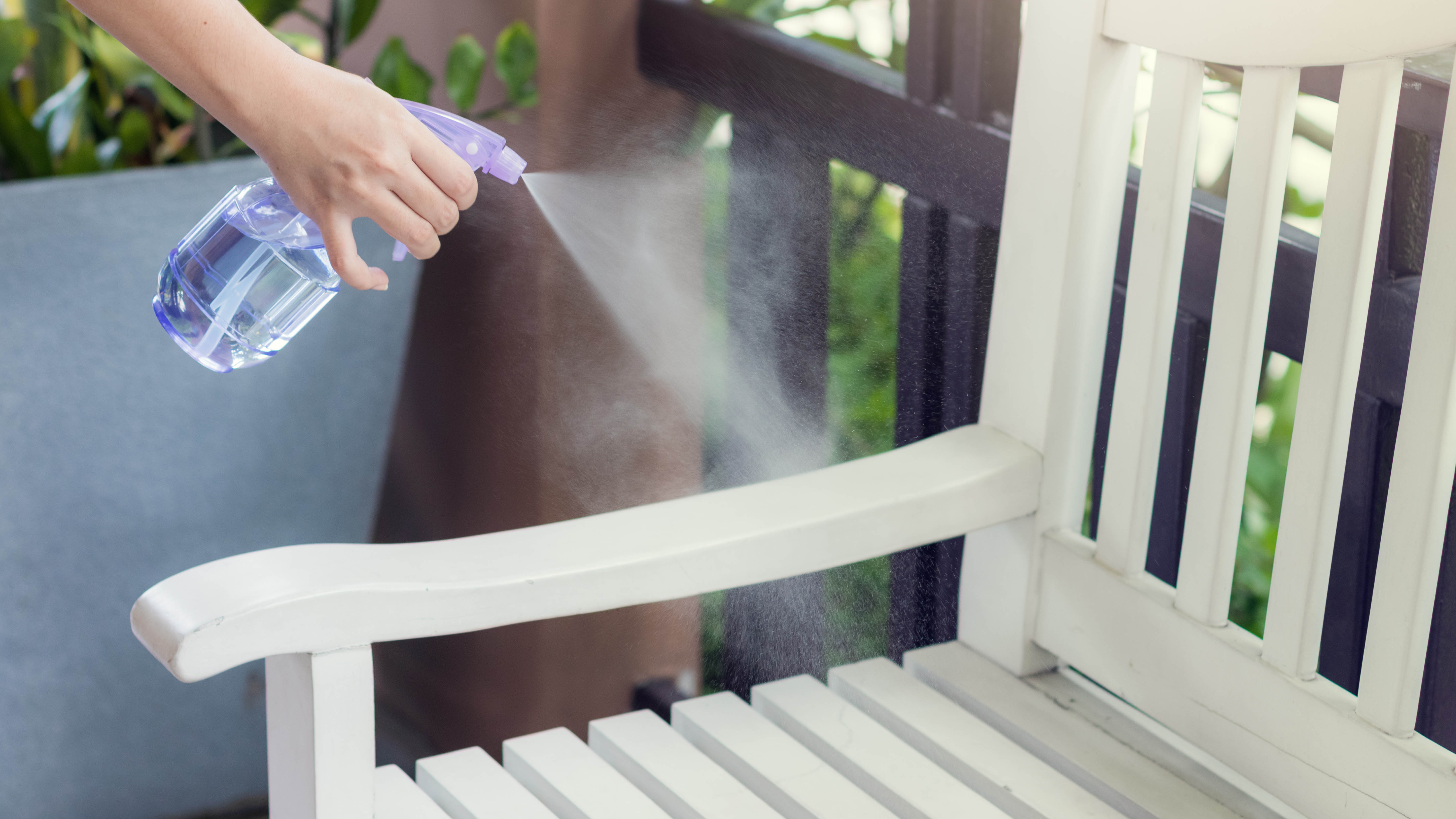
With a coffee mug in hand, I recently went out into my yard on a sunny morning to enjoy some rare sunshine. But, disappointed, I quickly returned inside when I discovered a few birds had visited my wooden garden arbor. They’d left a gentle reminder that they enjoy the garden too!
So, before you start spending time outside, your garden furniture will need cleaning. Even if it’s been covered or stored in a shed or garage, it will still need a brush down to remove dust and cobwebs.
However, if, like me, your garden furniture is covered in bird poop, it will need a bit more elbow grease than a quick sweep.
Sign up to get the BEST of Tom's Guide direct to your inbox.
Get instant access to breaking news, the hottest reviews, great deals and helpful tips.
How to remove bird poo
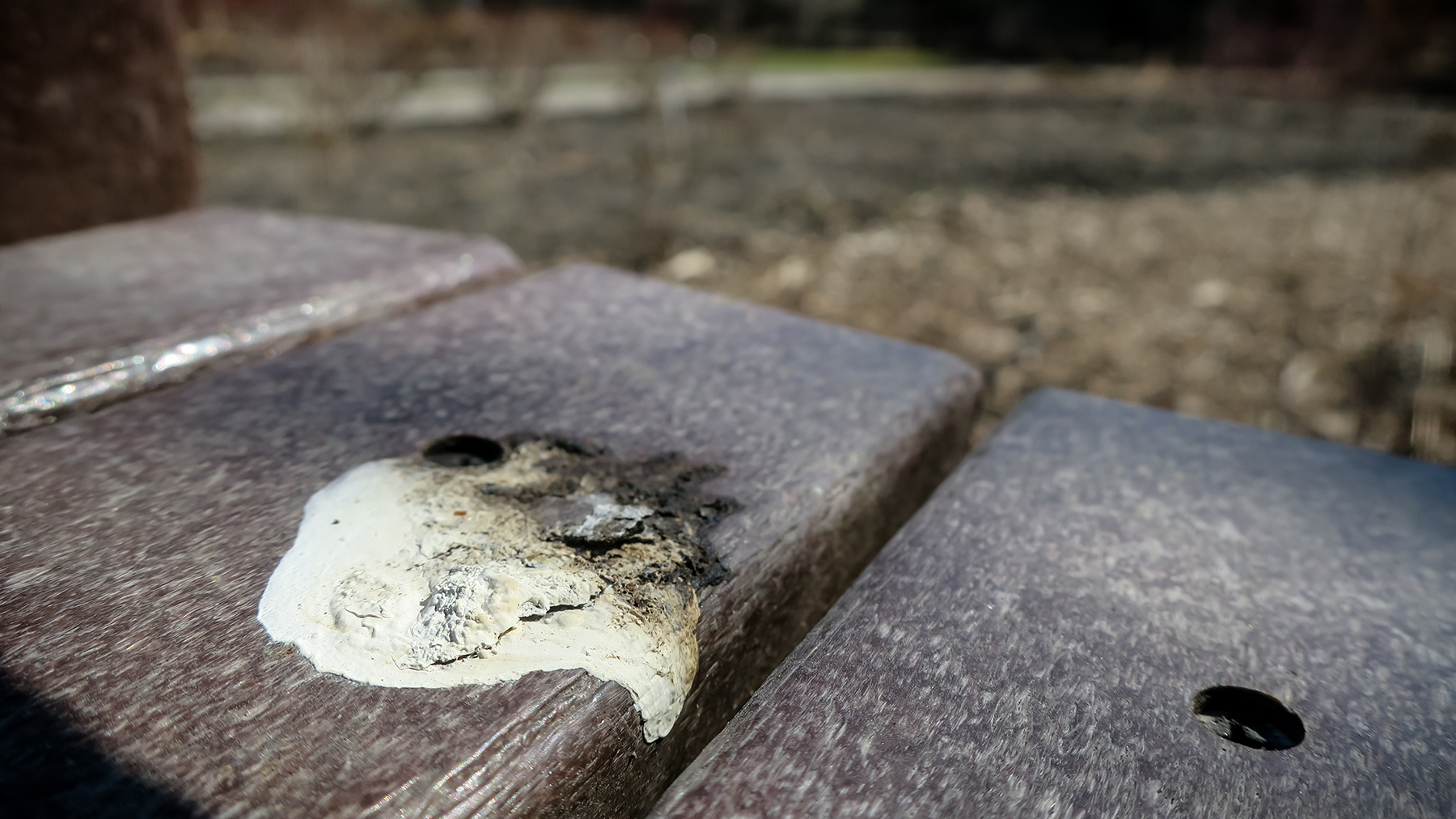
Bird poo contains corrosive nitrogen, so if you have metal garden furniture, it’s best to be alert. However, the damage it may cause will depend upon the durability of the furniture’s coating.
Removing bird droppings from metal garden furniture
Garden furniture company Lazy Susan suggests soaking a microfiber cloth in warm, soapy water and placing it on the bird poop for several minutes, then gently wipe it away. If this doesn’t do the trick, it recommends three other methods.
1. Spray the area with WD-40, leave it for one minute and wipe away with a damp microfiber cloth.
2. Mix 1 tablespoon of baking soda with 3.5 fl oz of warm water in a spray bottle. Shake the bottle and spray the fizzy mix onto the bird poop. Leave it for a few minutes to work before wiping it away with a damp microfiber cloth.
3. Use a specialist car wipe designed for removing bird droppings, such as Autoglym’s Bird Dropping Wipes ($18, Amazon).
Removing bird droppings from wooden garden furniture
With wooden garden furniture, Lazy Susan says that you need to soften the bird droppings before removing them to avoid damaging the oil or stain on the furniture. You also need to be careful when using liquids, as too much can damage or split the wood. Try the baking soda and method or car wipes mentioned above; alternatively, here are two other methods.
1. Mix up equal parts white vinegar and water in a spray bottle. Apply it directly to the spot and leave it to work for a few minutes before wiping away with a damp cloth.
2. Pour some sparkling water and let it fizz for about a minute before wiping away with a damp microfiber cloth.
Removing bird droppings off rattan garden furniture
Removing bird poop from rattan furniture can be tricky because of the nature of the woven strands. Lazy Susan advises to avoid anything too harsh, such as a brush, scouring pad or pressure washer, as it can damage the material.
1. Try the baking soda method above, spraying it into all the hard-to-reach places.
2. Use the white vinegar method, as suggested, for wooden furniture, and use a soft toothbrush to reach between the weave.
3. Car wipes will also work, or Lazy Susan recommends a spray, such as Poorboys specialist bird poo remover ($10, Poorboy's World) for larger furniture items. Spray it on, leave it for a few minutes, then wipe off with a damp microfiber cloth.
2. Clear up leaves and flowerheads
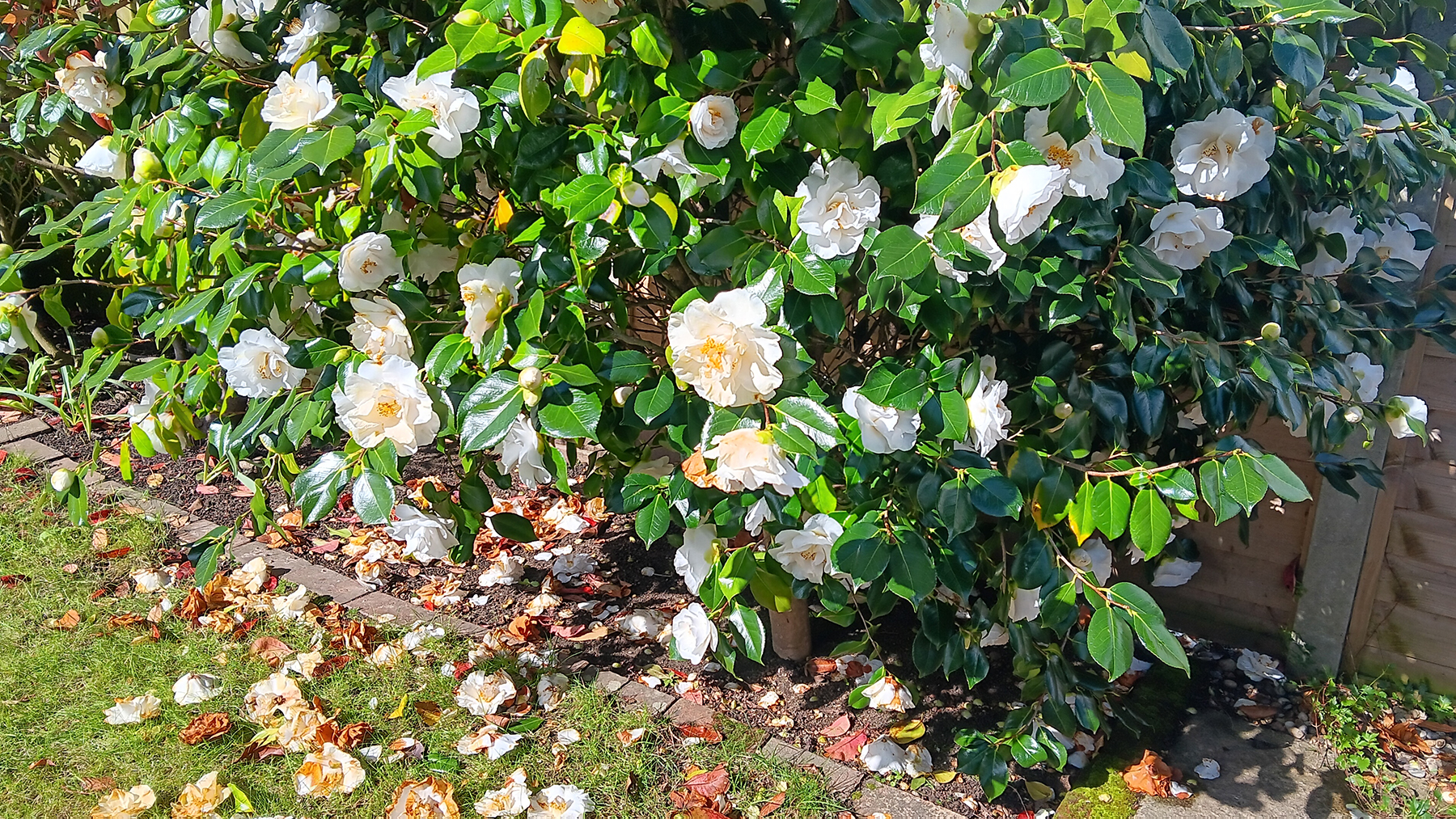
How many leaves accumulate in your yard will depend on your trees and plants and the time of year. I have a mix of trees and shrubs, and while most of the deciduous trees have already shredded their leaves, I'm now faced with the problem of the flowers from my Camellia Japonica dropping on my lawn.
Camellias are elegant shrubs with dark, glossy green foliage and sculptural flower heads that put on a spectacular display. The only downside is that the flowers only last a day or two before they fall to the ground. However, despite clearing up the flowerheads, they are so prolific that plenty more will bloom.
I’ll grab a garden trug and collect the flower heads by the handful, clearing up my lawn before it has a mow. However, if you have leaves on your lawn, take hold of a garden rake and gather them into piles before scooping them up, remembering to protect your hands with the best gardening gloves. If you have a large expanse of lawn, you might prefer to ditch the rake and use a leaf blower.
3. Mow the lawn
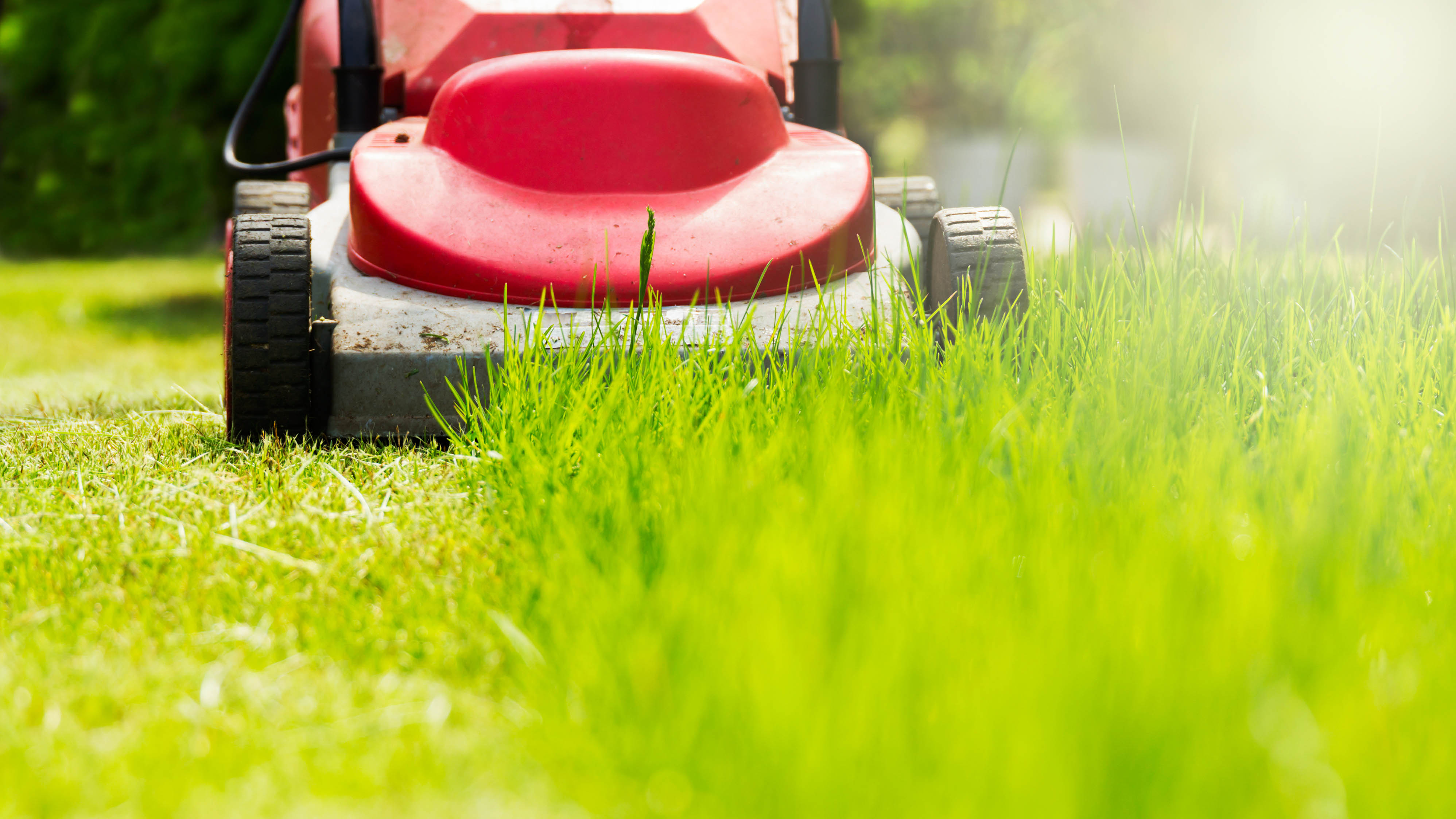
Depending on where you live, mid-March is the right time for the first grass cut of the year, so if you haven't already done it, your lawn is ready for a mow. If you are giving your lawn its first cut, trim it to 3 or 3.5 inches, and then begin to cut it shorter each time you mow. Of course, you may prefer to sit back and watch your grass being cut for you, in which case you might be interested in buying a robot lawn mower. Although price is still a barrier, 2024 could be the year of the robot lawn mower.
Once you’ve mowed your lawn, put your grass cuttings to good use. They are high in nitrogen and an excellent addition to a compost heap. So, if you don’t already have one, it’s a good opportunity to think about building your own, as the benefit of composting can enrich more than your yard.
4. Remove weeds
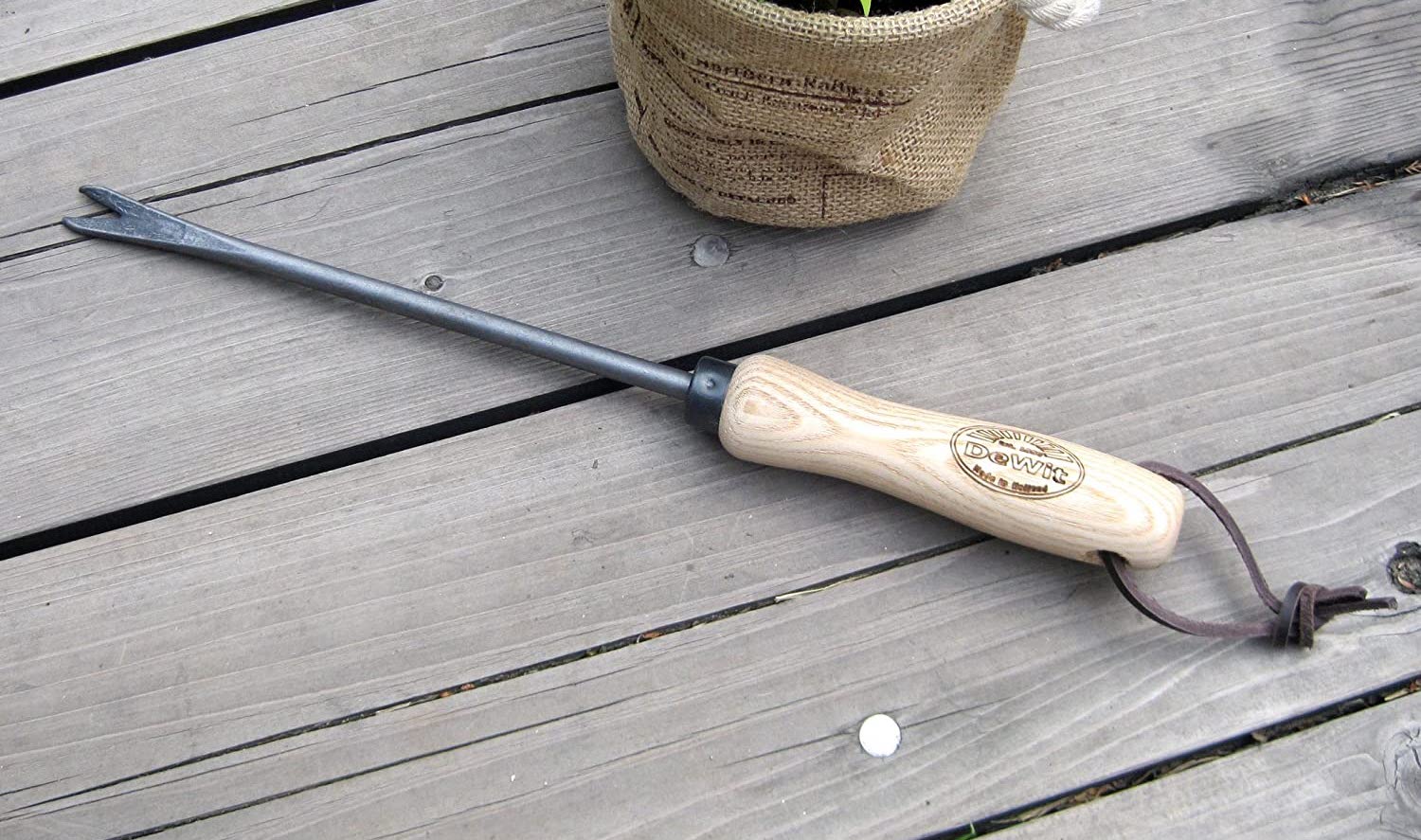
Weeding can seem like a thankless task. As soon as you’ve pulled some up, more seem to grow, and they start to appear before many other garden plants in early spring. It’s a never-ending chore that can ruin the look of your lawn, patio, and flowerbeds.
However, it’s easier to stay on top of the weeds if you remove them regularly and take steps to keep them under control. If you ignore them, they will spread or set seed, giving you more work later on. But, be warned, as you’ll want to avoid making any of these 7 mistakes when pulling up weeds.
Why is it bad if weeds set seed?
A plant sets seed when it is pollinated, and seeds start to develop. These seeds can then fall to the ground or get blown elsewhere, making more invasive plants. Preventing weeds from setting seed will help control future weeds growing in your yard.
One error I tend to make is not pulling up the entire weed, meaning it will grow back as fragments are left behind in the soil. So, I now take my time rather than rushing this garden job that I see as a chore. Although, I do need a good kneeling mat to protect my knobbly knees!
Thick Garden Kneeler: was $24 now $16 @ Amazon
This comfortable kneeling pad is suitable for a whole range of tasks, including kneeling in the garden. The thick material provides added support to protect your knees from pain and keeps you steady. Lightweight and portable, it is also easy to store and is available in a wide range of color options.
However, you don’t necessarily have to pull up individual weeds by hand — hoeing over the soil will also loosen the weeds. This job is best done on a dry day, as weeds left on the surface will dry out and die.
Luckily, I don’t have a big patio area, so my main weeding task involves removing them from my flower beds and lawn. However, if you have a hard landscaping area, there are 7 ways to remove weeds from your patio. Weeds will grow in any tiny crack or crevice, so one of the best ways to prevent them from coming back once you’ve removed them is to secure any pointing between patio slabs.
5. Attract nature
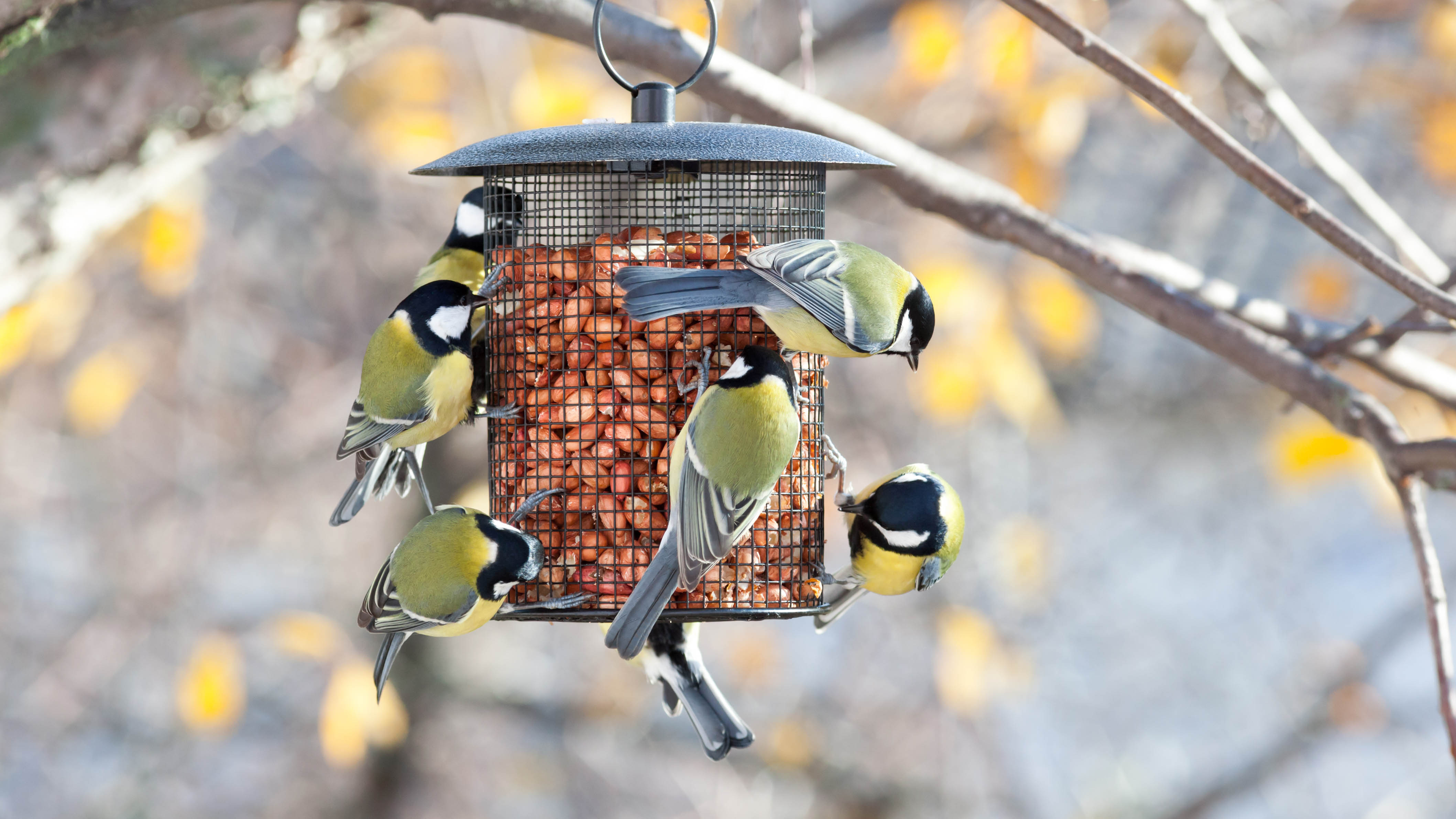
One way for you to get more out of your garden is to encourage nature into your yard. The birds and the bees will enjoy a place to feed, pollinate plants, and find shelter. One of my regular jobs is to keep my bird feeders topped up with seeds and fat balls. However, it’s not just the birds attracted to the feeders. I often see cheeky grey squirrels unsuccessfully trying to sneak a seed or two while chasing each other up and down my trees and across my fence tops.
Placing bird feeders close to your house lets you get a good look at what comes to visit. I regularly see Great Tits, Jackdaws, Jays, Starlings, Robin, Sparrows, Magpies and Collared Doves. I’ve also got a bird bath placed on my lawn, which the birds love at all times of the year, taking a drink or flapping their wings in the water to cool down in the summer heat.
There are also smart bird feeders on the market that can identify the feathered friends that visit, such as the BirdKiss smart bird feeder or the Bird Buddy, designed to attract Hummingbirds.
Apart from topping up my bird feeders, I’ll also be thinking about other plants to add that encourage birds, bees and butterflies into my yard while also encouraging predatory insects, such as ladybirds, which eat damaging aphids. Planting catmint, wild marjoram and dog rose will attract wildlife, as will a wild cherry tree, but there are also many other plants, shrubs and trees that will attract wildlife into your yard. Be sure to check out these 5 plants to attract butterflies and other pollinators into your yard.
More from Tom's Guide

Camilla Sharman has worked in publishing and marketing for over 30 years and has covered a wide range of sectors within the business and consumer industries both as a feature, content, and freelance writer.
As a business journalist, Camilla has researched articles for many different sectors from the jewellery industry to finance and tech, charities, and the arts. Whatever she’s covered, she enjoys delving deep and learning the ins and out of different topics, then conveying her research within engaging content that informs the reader. In her spare time, when she’s not in her kitchen experimenting with a new recipe, you’ll find her keeping fit at the gym. In the pool, stretching at a yoga class, or on a spin bike, exercise is her escape time. She also loves the great outdoors and if she’s not pottering about in her garden, she’ll be jumping on her bike for a gentle cycle ride.
